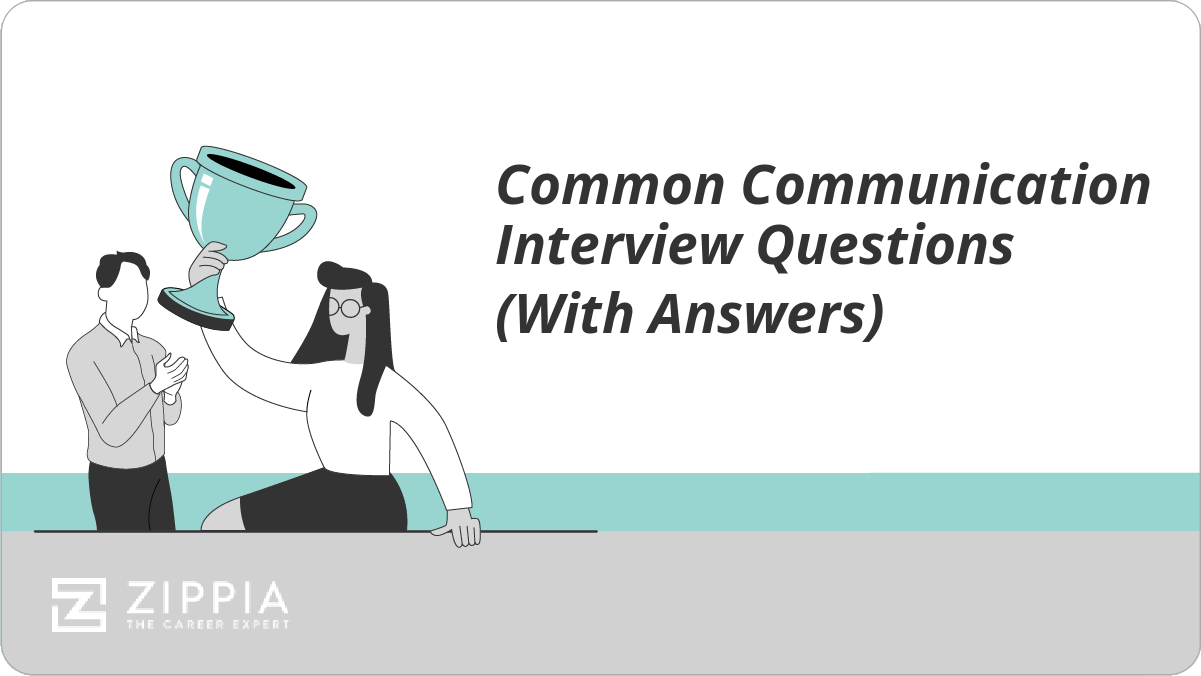- Mentoring
- What Is A Mentor
- Mentor Traits
- Talent Management
- Performance Improvement Plan
- Performance Review Phrases
- Four Functions Of Management
- Difference Between Goals And Objectives
- How To Give Employees Feedback
- What Is An Operational Environment
- Key Success Factors
- How To Not Get Fired
- How To Be More Confident At Work
- One-On-One Meeting
- Performance Management
- Professional Development
- The Peter Principle
- Positive Feedback
- Low Hanging Fruit
- Upskill Your Employees
- Motivation Letter
- Personal Goals
- Networking
- Quotes
Find a Job You Really Want In
If you’re considering applying to a master’s program, a volunteer opportunity, or a scholarship, you might have to write a letter of motivation.
Much like a cover letter goes alongside a resume in a job application, motivation letters are usually submitted with applications to educational or volunteer programs. Getting your motivation letter perfect is important for your overall application. It can be a deciding factor in whether you’re accepted or not.
To help you write the perfect motivation letter, we’re going to cover the basics of motivation letters, offer a few tips for writing them, and provide an example for you to look at. Keep reading if you’re ready to write a motivation letter that will help you get noticed.
Key Takeaways:
-
A motivation letter is often included with an application to a graduate program or a volunteering position. It’s a one page letter that outlines your skills and why you’re interested in the opportunity. Think of it as a cover letter for unpaid positions.
-
Use typical writing techniques for a motivation letter. Plan out what you want to say, put it down, then edit it and ask for feedback from a trusted friend or family member. A motivation letter is going to the program’s first glimpse of you as an individual, so be sure to make a positive impression.
-
A motivation letter is structured a lot like a essay. It has an intro, a body that explains your points (like why you’d be an excellent fit for their program), and a conclusion that recaps what you said.

What Is a Motivation Letter?
Motivation letters serve as a chance for you to explain your professional, personal, or educational reasons for applying to programs. It gets submitted alongside other parts of your application, like a questionnaire, recommendations, and resume, but it lets you add some personality to your application.
Most often, you’ll submit a motivation letter when you apply for graduate programs, master’s degrees, or other non-professional programs. You will almost never be asked to write a motivation letter when you’re applying for a paid job.
Sometimes motivation letters are also called motivational letters or statements of purpose, so follow this guide for those letters as well.
How to Write a Motivation Letter
Just like you would approach any other professional or academic writing, you should create a plan. Start by giving yourself a deadline for the letter and figure out what needs to get done in order for you to complete your letter.
A few steps that you might want to follow include:
-
Creating an outline
-
Writing an intro
-
Writing the body content
-
Write a conclusion recapping your body
-
Proofreading and editing
Since motivation letters are around a page long, it shouldn’t take too long to write, but you want to make sure you give yourself enough time. Coming up with a plan and writing an outline is a great way to stay on track and make sure you finish on time.
Tips for Writing a Motivation Letter
When it comes to motivation letters, they all look different. That doesn’t mean that there aren’t a few tips you can follow to stand out. Here are a few ways you can improve your motivation letter:
-
Use the program requirements. Often programs will list certain requirements for admittance, so take a look and find the top few requirements that you meet. If the program has a specific mission or values, highlight how that fits in with your goals and own values. Show that you’re a good fit both in terms of requirements and outlook.
Highlight your skills and plans specifically in your letter so you can impress the admissions or decisions committee by showing that you understand the program inside and out. Who doesn’t like a candidate who does their research?
-
Don’t use jargon. You should make your letter approachable and readable, no matter who you think might be reading it.
You never know who is on a reading or applications committee, so write as if you were writing to a layperson. Also, as with any professional communication, avoid unnecessary vocabulary words and run-on sentences.
-
Convince them you want to be there. Motivation letters are a great opportunity for you to talk about why you want to be at that program in particular. Highlight specific aspects of that program that make you want to attend, or tell them why this program will help you meet a career or life goal.
-
Look ahead. Getting into a program can be difficult, but you need to think about what you’ll do after finishing the program. It’s a good idea to talk about what you’ll do with your degree or certificate after you finish the experience so they know you’re thinking ahead.
-
Let your personality shine. Use this opportunity to show off your personality and express your fit for the program. Don’t just focus on your hard skills or experience, but talk about your soft skills and personality too.
-
Look for guidelines. Usually, organizations set specific guidelines for letters, like what font or page count they want. Make sure you look for these specifications and adhere to them as closely as you can.
It shows that you notice the details and adhere to rules, which can set you apart from other less detail-oriented applicants.
-
Put your strengths first. It might be tempting to write an underdog story, but you shouldn’t sell yourself short. List your accomplishments and talk about your strengths instead of talking about challenges and shortcomings.
It will impress the readers more and it can help you align your skills with what the program will teach you.
-
Make it personal. If you know who is on the application committee, you can address the letter to someone specific. Try to find a name and use a personal salutation.
-
Keep it concise. Motivation letters tend to be about a page long (but it can depend on different organizations’ guidelines). You want to make sure you keep everything concise and get right to the point.
Committees don’t have lots of time to read each application, so keeping it short and memorable is the best way to go.
-
Use a professional tone. At the end of the day, motivation letters are like cover letters and you should write them in a similar way. Use a professional tone and keep the letter more formal than casual so you can show your readers that you take this seriously.
-
Be original. Try to include experiences or skills that set you apart from other candidates. List your leadership skills, relevant studies, or any experience that ties you to the purpose of the program.
If you can provide a few things that make you unique and help you stand out from other applicants, you’ll be more memorable and have a better chance of wowing the committee.
-
Get feedback. As with any formal writing, it’s always a good idea to have a friend look over your letter before you hit send. Have them look at the content as well as the grammar so you make sure you’re putting your best foot forward.
Make sure you proofread and give it a look before you submit it, too. The last thing you want is to get rejected over a typo.
Motivation Letter Template
Most motivation letters follow a standard structure. You can use this template to help you outline your letter and make sure it follows the standard letter format:
-
Heading. Depending on the specifications or guidelines you’re given, you might want to include a professional heading with your name, address, and phone number. This makes it easier for the organization to reach out to you.
-
Intro paragraph. Here’s where you canintroduce yourself and talk about what interests you in the program. You can give a bit of background and explain why you’re applying to this program specifically.
Make sure you lay the groundwork for what you’ll talk about in the rest of the letter.
-
Body section. In the middle two or three paragraphs, you can go in-depth about your experience and why you’re a good fit for the program. It’s a good idea to pick a few related skills or experiences to highlight in each paragraph.
You can also include a paragraph about how you can help the program or organization or contribute to its mission.
-
Conclusion paragraph. In the last paragraph, you need to quickly summarize what makes you stand out and why you are passionate about the program. This can be a short paragraph with just a few sentences, just make sure to reiterate your argument and really sell yourself.
-
Sign off. This is a letter, after all, so make sure you include a closing. Pick something professional like “sincerely” or “best regards” to maintain an appropriate tone.
Motivation Letter Example
When it’s time to write your motivation letter, you can follow this simple example letter. It’s a good idea to keep it short and sweet, so don’t add a ton of fluff to your writing. Get straight to the point and highlight your key strengths.
Dear Mr. Doe,
My name is Jane Smith and I am currently pursuing a Bachelor’s Degree in Political Science at State University. I would like to formally apply for ABC Organization’s Summer at the Senate program for the 2022 year.
I would love the opportunity to study with ABC Organization because I have admired your work, particularly in engaging minority communities to vote. As a political science student and potential future legislator, I care deeply about ensuring Americans can enact their right to vote. I would love to learn from ABC Organization through your hands-on and immersive summer program.
I believe that I can be an asset to your ABC Organization because I am currently the head of my university’s debate team, I am passionate about voter rights, and I have a demonstrated history of political volunteer work. I am prepared to bring my skills to your program, as well as absorb everything I can learn during my summer in Washington D.C.
Thank you for considering my candidacy and I hope to get the opportunity to work with ABC Organization this coming summer. Please feel free to contact me with any questions. I look forward to hearing from you.
Sincerely,
Jane Smith
- Mentoring
- What Is A Mentor
- Mentor Traits
- Talent Management
- Performance Improvement Plan
- Performance Review Phrases
- Four Functions Of Management
- Difference Between Goals And Objectives
- How To Give Employees Feedback
- What Is An Operational Environment
- Key Success Factors
- How To Not Get Fired
- How To Be More Confident At Work
- One-On-One Meeting
- Performance Management
- Professional Development
- The Peter Principle
- Positive Feedback
- Low Hanging Fruit
- Upskill Your Employees
- Motivation Letter
- Personal Goals
- Networking
- Quotes





